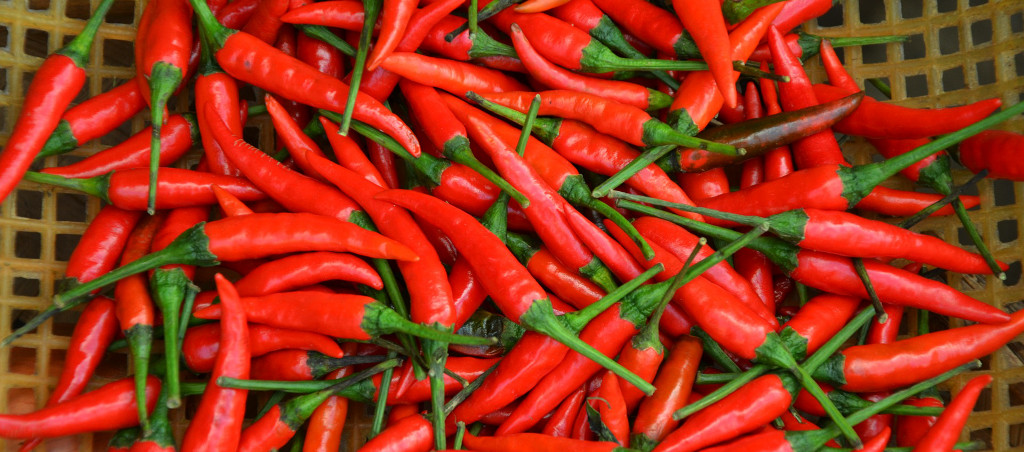
Chili peppers are available throughout the year to add zest to flavorful dishes around the world and health to those brave enough to risk their fiery heat. This is the plant that puts fire on your tongue and maybe even a tear in your eye when you eat spicy Mexican, simmering Szechuan, smoldering Indian, or torrid Thai food. Chili peppers belong to the family of foods bearing the Latin name Capsicum.
Source: whfoods.com
Lower Risk of Type 2 Diabetes
Making chili pepper a frequently enjoyed spice in your Healthiest Way of Eating could help reduce your risk of hyperinsulinemia (high blood levels of insulin)—a disorder associated with type 2 diabetes.
In a study published in the July 2006 issue of the American Journal of Clinical Nutrition, Australian researchers show that the amount of insulin required to lower blood sugar after a meal is reduced if the meal contains chili pepper. When chili-containing meals are a regular part of the diet, insulin requirements drop even lower.
read more…
This article highlights the scope for developing therapeutics with new innovative, alternative approaches. The current trillion dollar pharmaceutical industry is in peril where the current drug development pipeline is slow, inefficient and incapable of being extended to multi-combination drug therapies as well as minimally focused on prevention. The complex modeling of diseases and biological functions has been limited because of the inability to integrate large scale molecular pathways.
Join this webinar IN SILICO MECHANISTIC MODELING: THE FOUNDATION OF PRECISION MEDICINE to understand how recent advances provide breakthrough technology for doing scalable modeling of complex molecular systems to dramatically accelerate drug discovery and development.

You May Also Be Interested In






